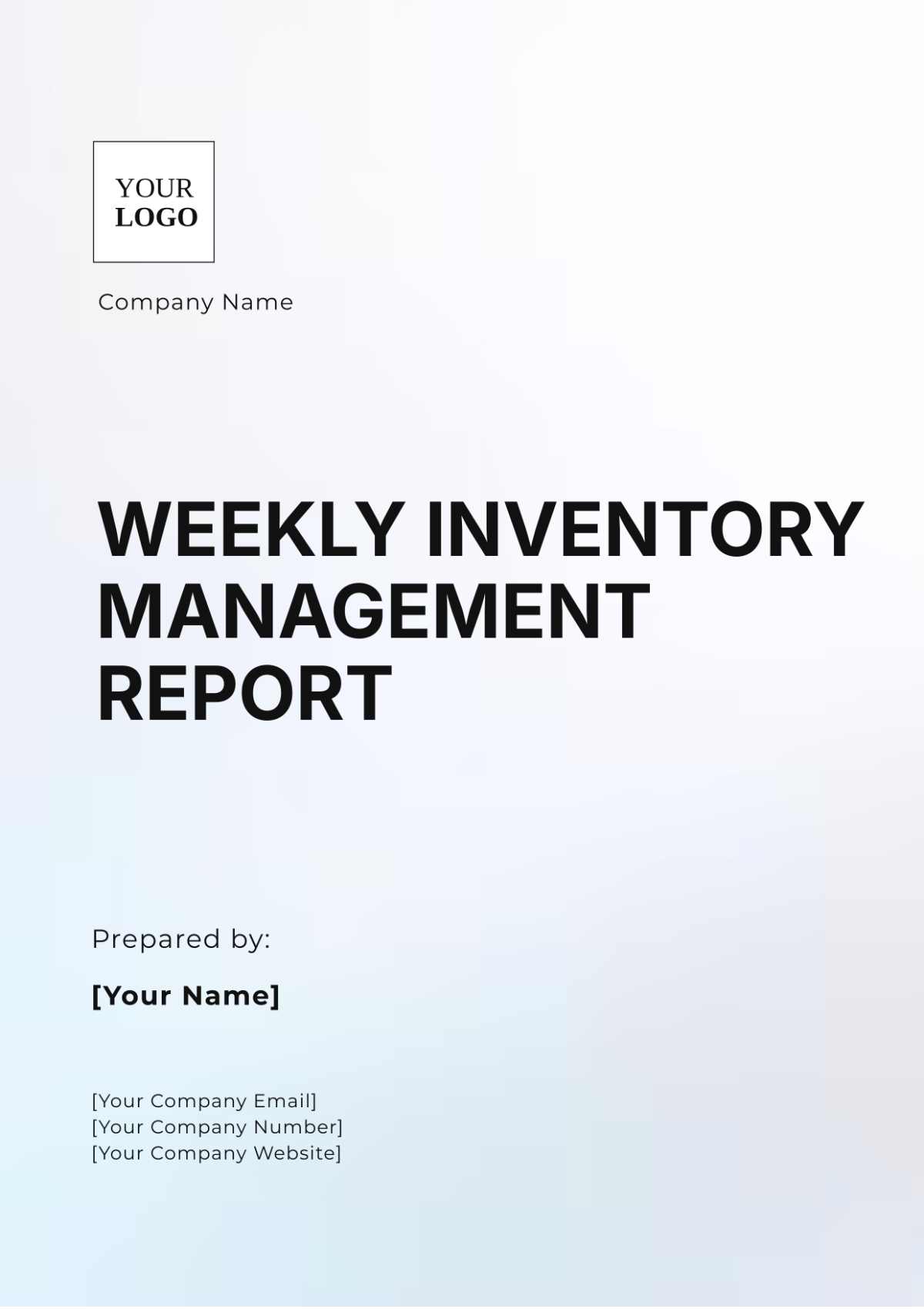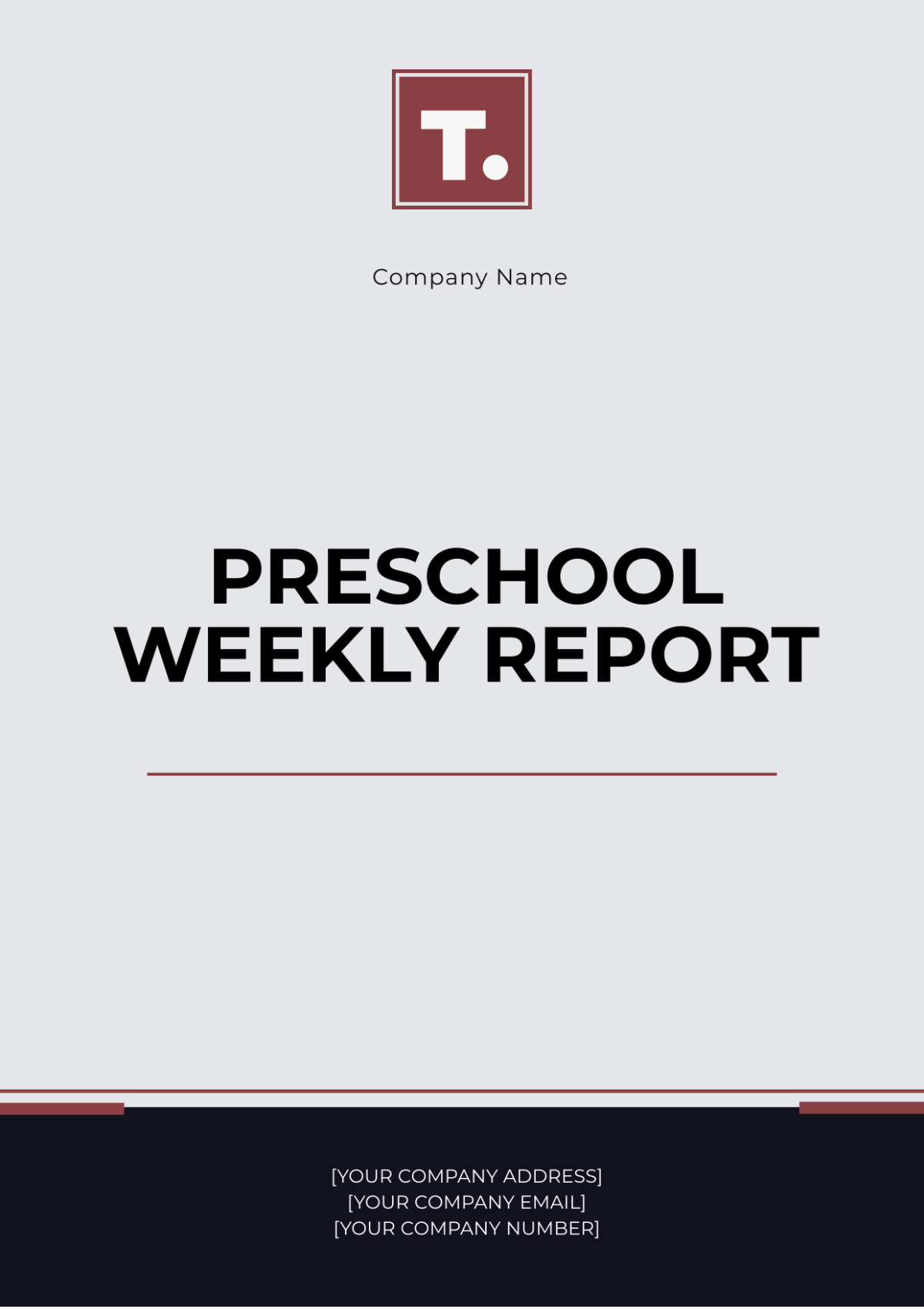Weekly Sales Report
Reporting Period: [Month Day, Year - Month Day, Year]
Executive Summary
Metric | Performance |
Total Sales Revenue | [$150,000] |
Units Sold | [5,000] |
Average Profit Margin | [20%] |
The executive summary serves as a concise overview of the weekly sales performance. Total sales revenue for the reporting period reached $[150,000], indicating a healthy financial outcome. The number of units sold amounted to [5,000], demonstrating product demand. The average profit margin of [20]% reflects the profitability of the sales, providing insight into the company's financial health.
Sales Overview
Product Performance:
Product | Units Sold | Revenue | Profit Margin |
Product A | 2,000 | $80,000 | 15% |
Product B | |||
Product C |
This section delves into the performance of individual products. Product A, with [2,000] units sold, generated [$80,000] in revenue with a profit margin of [15%]. Product B, the standout performer, achieved [0,000] units sold, contributing [$00,000] in revenue at an impressive profit margin of [00%]. Product C, while still performing well, had [0,000] units sold, resulting in [$00,000] in revenue with an [00%] profit margin.
Regional Breakdown:
Region | Sales Revenue | % of Total |
North | $50,000 | 33% |
South | ||
East | ||
West |
The regional breakdown provides insights into sales distribution across different geographic areas. The North region emerged as the highest contributor, accounting for [$50,000] in sales revenue, constituting [33%] of the total. The East and South regions also demonstrated robust performance, contributing [$00,000] and [$00,000], respectively, making up [00%] and [00%] of the total revenue.
Key Performance Indicators (KPIs):
KPI | Performance |
Sales Growth | [12%] |
Customer Acquisition Cost | [$15] |
Customer Lifetime Value | [$60] |
Key Performance Indicators (KPIs) provide essential metrics for assessing overall business health. The Sales Growth KPI indicates a positive trajectory with a [12%] increase, highlighting the effectiveness of sales strategies. The Customer Acquisition Cost (CAC) is [$15], demonstrating the cost-effectiveness of acquiring new customers. The Customer Lifetime Value (CLV) is [$60], indicating the potential long-term value generated from each customer.
Marketing Campaigns
Campaign A
Metric | Performance |
Impressions | 100,000 |
Click-Through Rate (CTR) | 2% |
Conversion Rate | 5% |
Campaign A metrics provide insights into the success of the marketing initiative. With [100,000] impressions, the campaign achieved a [2]% click-through rate (CTR), showcasing engagement. The Conversion Rate of [5]% indicates a successful transition from interest to actual sales, demonstrating the campaign's effectiveness in driving customer actions.
Campaign B
Metric | Performance |
Impressions | |
Click-Through Rate (CTR) | |
Conversion Rate |
The metrics for Campaign B reveal its performance. With [00,000] impressions, the campaign reached a substantial audience. The [0.0]% Click-Through Rate (CTR) signifies engagement, and the [0]% Conversion Rate indicates a successful conversion of leads into customers. Consideration for refinement is suggested to further enhance the campaign's impact.
Recommendations
Optimize Product Mix
The recommendation to focus on promoting Product B is based on its higher profit margin and strong sales performance. Allocating resources strategically to capitalize on its success can enhance overall profitability.
Regional Targeting
Allocating resources to the North and East regions, where sales are robust, aims to maximize revenue. Focusing efforts in these areas can leverage existing strengths and contribute to sustained growth.
Campaign Refinement
The recommendation to refine Campaign B acknowledges its positive aspects but suggests adjustments to improve click-through and conversion rates. Fine-tuning elements of the campaign can lead to enhanced overall performance and return on investment.

















































